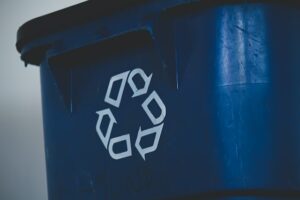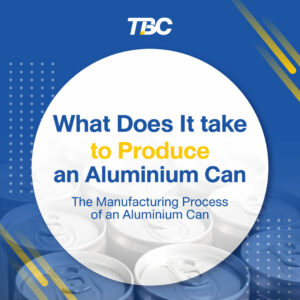Knowledge
Aluminium Can Recycling in Thailand
Nowadays, there is growing concern about conserving resources through many different initiatives, including aluminium can recycling. As the global population...
What Does It take to Produce an Aluminium Can: The Manufacturing Process of an Aluminium Can
An aluminium can used ubiquitously today requires multiple processes to produce, so have you ever wondered how these aluminium cans...




